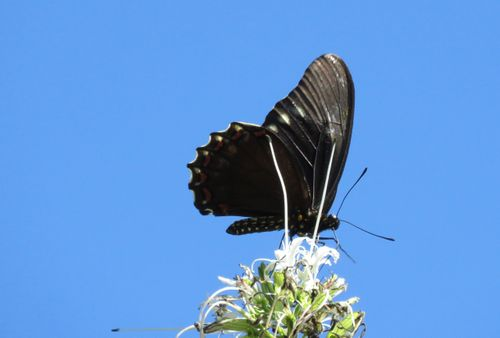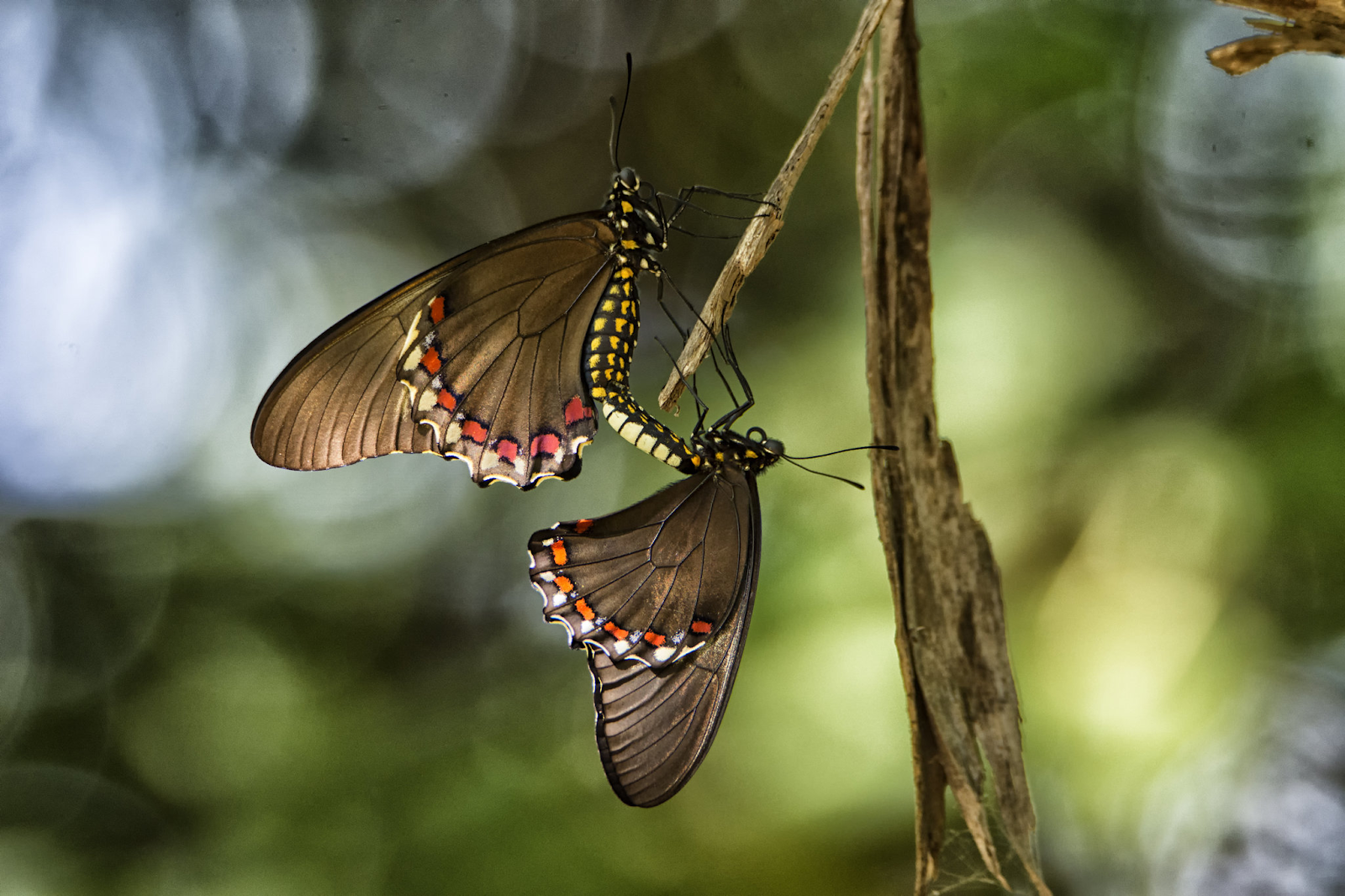the
Censorship
The ad that plays--twice--at the beginning of this video is an excellent example of the kind of misleading, fearmongering, greedy, self-serving, venal, repulsive content you have to learn to spot on the Internet. Is "digital money" dangerous? Obviously. Is the only way to be safe from this danger likely to involve buying a report from some jerk who's bought ad space? Is listening to the guy's grating voice likely to produce violence, at least violent fantasies, at least the kind that involve not just telling the guy to put a sock in it but demonstrating the literal origin of that expression on him? Obviously. That guy's yap hole is just a magnetic vortex for all the sad single socks who have lost their mates to the washing and drying machines...
So, do we need help to censor this kind of ad so that we don't have to listen to it? Hello, that's what the "skip ad" button is for.
Use the "skip ad" button and listen far enough to hear the first joke in the video, not counting the variation in the coffee-sipping routine. How will the Biden Administration define misleading content? As content that might influence someone to vote Republican. A political group's examples of misleading content might include "the only way to protect yourself against the horrible danger is to buy my garbage right now!" as well, but you know it's going to include any effective publicity for the political opposition. Scott Adams may exaggerate it to cartoon levels, but he doesn't have to exaggerate much...
Libraries
Do you still have a library? As distinct from a building that used to be a library, but is having the lovely classic books stripped out to make more space for electronic junk and "community programs" where children run, scream, and fling sugary junkfood about, while yappy, bossy extroverts loudly tell people how to put ALL their confidential information into a computer in the middle of a room where everyone else can see and hear...
I'm in favor of funding LIBRARIES. Places for books. Quiet places where book lovers can curl up and read, where children can have fun and even learn something after school, where writers can do research...I'm not really in favor of putting computer centers inside libraries. There's too much temptation to get careless with the priceless old books when people can print everything off a computer. I think libraries that are worth funding need very strict regulations about the kind of electronics they can have--definitely no sound, no commercial or ad-funded sites, and no adult content should be accessible in a library--and should limit children's programs to read-aloud or sing-along programs conducted in an enclosed room. I think any attempt to appropriate library funding to sneak any doomed "community center" or welfare programs into the library budget should result in immediate, permanent unemployment for the employees involved.
If you've been able to get local government to agree either to crack down on "change agents" and maintain a LIBRARY in your community, or to privatize the community's repository of books so that the "change agents" can't sneak in, good for you! You can recommend the new books you're discovering after the Booktober Blitz to your LIBRARY.
Ellen Jacobson has taken it upon herself to set up a PDF you can use to request that your library stock her books. Is that something self-publishing authors (or authors who've sold rights to conventional publishers who then expect the authors to do all the actual publishing) should need to do? Or should do, at all? Once I would have thought that was a tacky idea, but I've observed how all the traditional, respectable book publishers of my youth merged into corporations that have been bought by foreign interests. Names like Scribner, Putnam, Ginn, Harper, Farrar, Penguin, St Martins, Simon, even Shambhala, no longer mean any of what they used to mean. Real books are being self-published these days. It's tacky that authors have to do their own publishing, but increasingly they do.
Whatever your position on that may be, this form is recommended to all who can use PDF as a sample they can use to recommend whatever delightful self-published books they discover through Book Funnel, Story Origin, Amazon or whatever other venues open up.
Obit
Aunts probably aren't supposed to like Tim Dorsey.
Thought for the Day
"I heard you had a baby! Someone said they'd seen you holding a little girl," the person went on to describe the child. "But they said you'd put it up for adoption because you weren't married to its father and couldn't afford to keep it."
I certainly never was married to the father of that child. I'm not even physically related, so far as we know, to the mother of that child. All the old families in Gate City are connected but her family moved in from another town. But it was flattering to know that the sort of people who've mistaken me for my own mother and for even older relatives are also capable of mistaking me for the mother of that little girl. She's only about twenty years younger, five inches taller, richer, better dressed...
"I knew that family," I said. "They gave up the house, not the children. They moved to..." I named the town.
But the family stayed on my mind. The little girl's grandmother was a friend; the little girl's mother was born and grew up during the years when I was mostly out of town. The one evening I spent in their home was less than a spectacular success. The mother had bought cheap, flimsy party costume dresses that fell apart after the first wearing, and hoped I'd be able to sew them together in time for the next preschoolers' party. The children reacted to the sight of a lap very much the way Traveller-kitten did...
That calculating look on his face meant "A lap! I'm going to jump into it!" and, a minute after the cell phone camera flashed, he did.
No sooner had I sat down to thread a needle than a child started to swarm up onto my lap. Then the other one came on board from the other side. The older one had the advantage of being able to chatter while the younger one, who was barely talking, could only compete by clinging to my arm, which did not expedite the needle-threading process. The table with the dresses and sewing kit on it was cluttered with other things, all of which the children wanted to show me. What they wanted was adult attention. Oh how they wanted to practice telling someone how a simple toy works, and all about the things they did at their preschool play group, and the cartoon characters their dresses were based on. In less than half an hour I'd begun to form a hormone reaction of protective auntly feelings toward the children, been infected with the virus that was circulating in their preschool play group, and just started to baste together about half of the longest rip in the first dress--and then the mother of the children wanted to take me home, looking displeased because the dresses weren't as good as new. She was the busy yuppie sort of young woman who doles out strictly scheduled units of "quality time" to children.
I've seen the children a few more times. Not often. They'd be teenagers by now. I'm sure they no longer want to sit on new acquaintances' laps. Probably, like their mother, they're taller than most women. As a guess they no longer feel a great urge to tell adults everything the adults will sit still and listen to them telling about, either. They're at the age where adults want to know more about their lives, especially if sex or drugs or other crimes are within range of possibly being involved. Now it'd be the mother who longs for a chance to communicate with these children. As a guess, they're less likely to tell her things.
Even when the lines of communication have been kept open...As a teenager I remember telling Mother almost everything. Except for some of the things she probably most wanted to hear. Sometimes I censored details that I thought would worry Mother unnecessarily.
I don't know what kind of temptations or peer pressure those children now encounter in high school. I don't know whether they talk to their parents, or maybe their grandparents. It's none of my business. If I saw them in town tomorrow I wouldn't ask.
But I would say to parents: Listen to little children who want to chatter at you. Encourage them to tell you things. About ten years after the chattering stage they reach the stage when it's possible, of course, that talking with adults won't keep them out of the trouble they are determined to get into, but it's also possible that a grown-up confidant can help them think about strategies for avoiding peer pressure.
No promotion, no pay raise, no symphony or church committee or even funeral, is worth as much as the chance to be a real friend to a child. It's worth cutting office hours to the bare minimum and giving up social commitments during the years when a child wants nothing more than to chatter at any adult who will listen. Listen to that child.




















